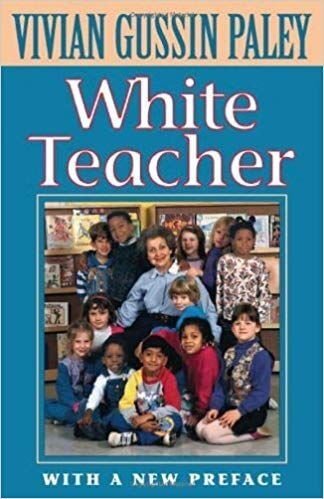
White Teacher
by Vivian Gussin Paley
Review by Debby Thacker
Debby Thacker is an academic and children’s literature specialist. She is a Trustee for MakeBelieve Arts and discovered Vivian Gussin Paley while researching a book on children as storytellers.
Book No: 1 – 1st published: 1979
Children do not ask: Where do you come from? They ask: What role will you play? The children have much to teach us, if we but stop and listen.
White Teacher is Vivian Gussin Paley’s first book, originally published in 1979, with several further editions, each with commentary from Paley: an epilogue in 1989 and a preface in 2000. As the title suggests, the observations and deep self-scrutiny is focused on her experience teaching in an integrated school (the majority of children and all but two teachers were white). Her question is: ‘how much does it matter if a child cannot identify ethnically or racially with a teacher?’
For those who already know Paley’s work, her writing method will be familiar. Detailed observation of children at play, direct talk with children, colleagues and parents, and continuous self-reflection help her to explore this question. Reading this in 2019, I am struck by how relevant the book is for our own time and how much the voices of enlightened educationalists such as Paley’s are still necessary.
Her impulse: to be fair to every child, encourages us to see that, whatever a child’s ‘difference’, their individuality is paramount . Her beautifully balanced accounts of the children at play show us that each child is unique –whatever their ethnicity or race. We see the ways in which their peers include or exclude them from play scenarios, and even their own self-exclusion. We see children who do not see race, and those who see themselves as ‘other’. Parental attitudes vary, too, and Paley continually reflects on outside influences on the children.
I was only introduced to Paley about five years ago, and learning about this book has been inspiring. As an American Jew, growing up during the Civil Rights era, in a WASP school, I recognise the feelings of ‘outsiderdom’. The allegiance between the actions of progressive Jews and the struggle for identity of non-white Americans is also familiar and movingly articulated by Paley. Her own drive, ‘to discover her own identity in the process’, make this, at times, as honest and confessional as any autobiography. While some of her own self-examination leads her to admonish herself, it also allows her and her readers to see each child’s quest for identity as equal to her own.
Paley’s Jewish identity – she was raised in an Orthodox home – and her memories of being a Jewish child taught by non-Jewish teachers – is central to both her desire to be fair to those children in her class who may think of themselves as ‘other’, and her ability to empathise with the need of all children to find an identity in her classroom.
It is becoming clear why my experiences with black children have meant so much to me. I have identified with them in the role of the outsider. Those of us who have been outsiders understand the need to be seen exactly as we are and to be accepted and valued.
Paley’s need to find ways to make her classroom into a space where children can be valued for their own individuality is a deeply personal one. There are no easy answers for Paley, and she struggles; although she is teaching in an integrated classroom, she feels guilty that she is not ‘teaching in the ghetto’.
This book does not (and should not) act as a guide for white teachers in mixed classrooms. It provides some warnings about how easy it is to slip into clichés about difference; how one’s own blind-spots might act against intentions to be fair. Again, Paley’s experience as a Jewish outsider give her insights into how language can be used to ‘label’ individuals as a group that erases their own uniqueness. Paley doesn’t give answers, but she points us in the right direction.
In writing White Teacher, Paley encompasses a progressive tradition of American Jews in their support of the Civil Rights movement, and this can be (should be) read as a political book.
Paley comments on the importance of classrooms as multiracial communities and celebrates the integration of schools, not merely as a benefit to minority groups, but for white children, too. Her preface to the 2000 edition mentions an Asian woman, born after the book was originally published, pointing out that Paley had used the term ‘Oriental’ and suggesting it be changed to ‘Asian’. Paley applauds her and says: ‘at her age I would have been unable to tell a teacher who I was or what I prefer to be called.’
In White Teacher Paley seeks her own identity in her earnest quest to find a way of helping her pupils to their own senses of self.











